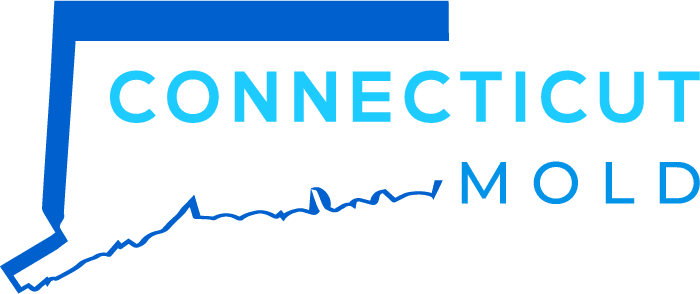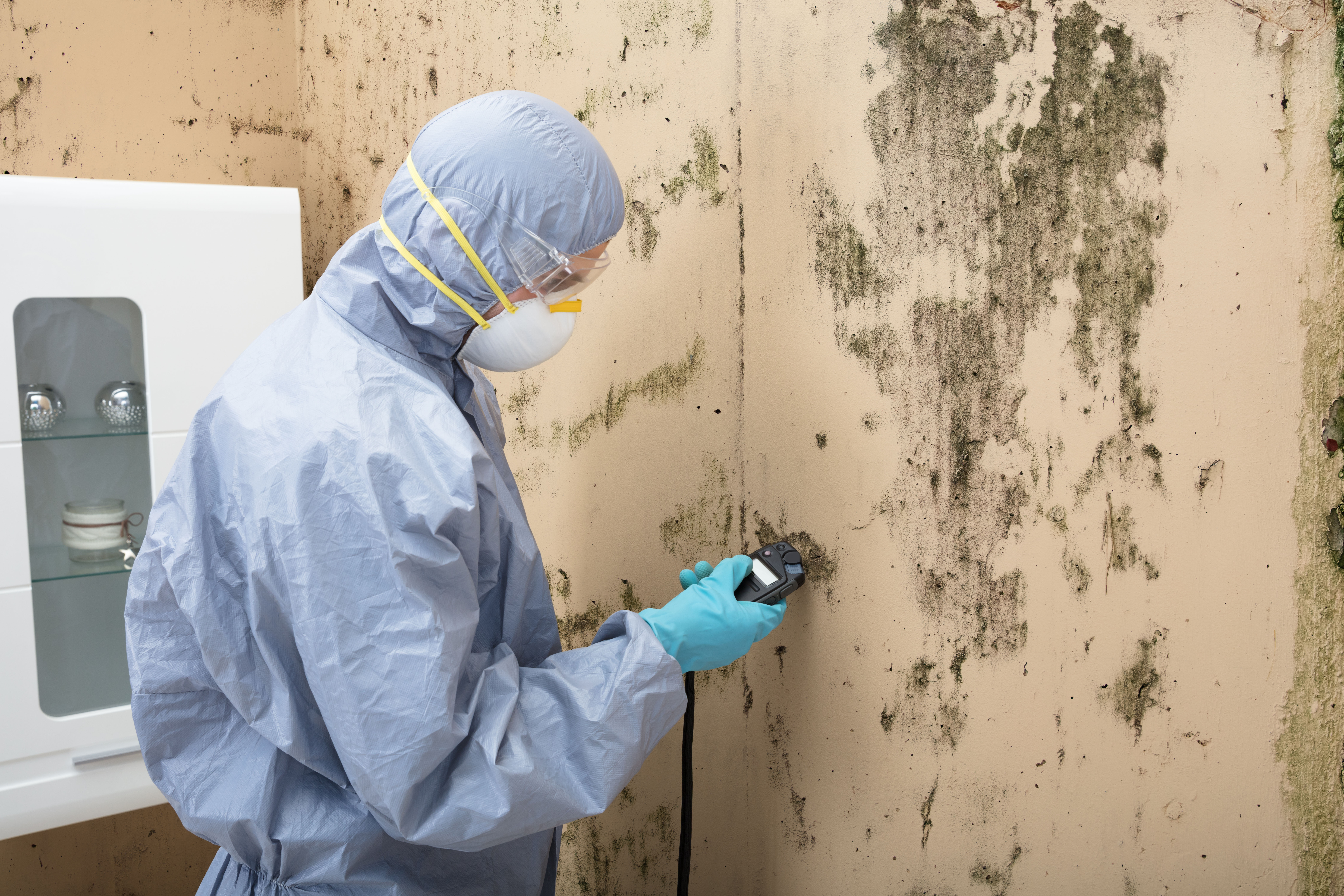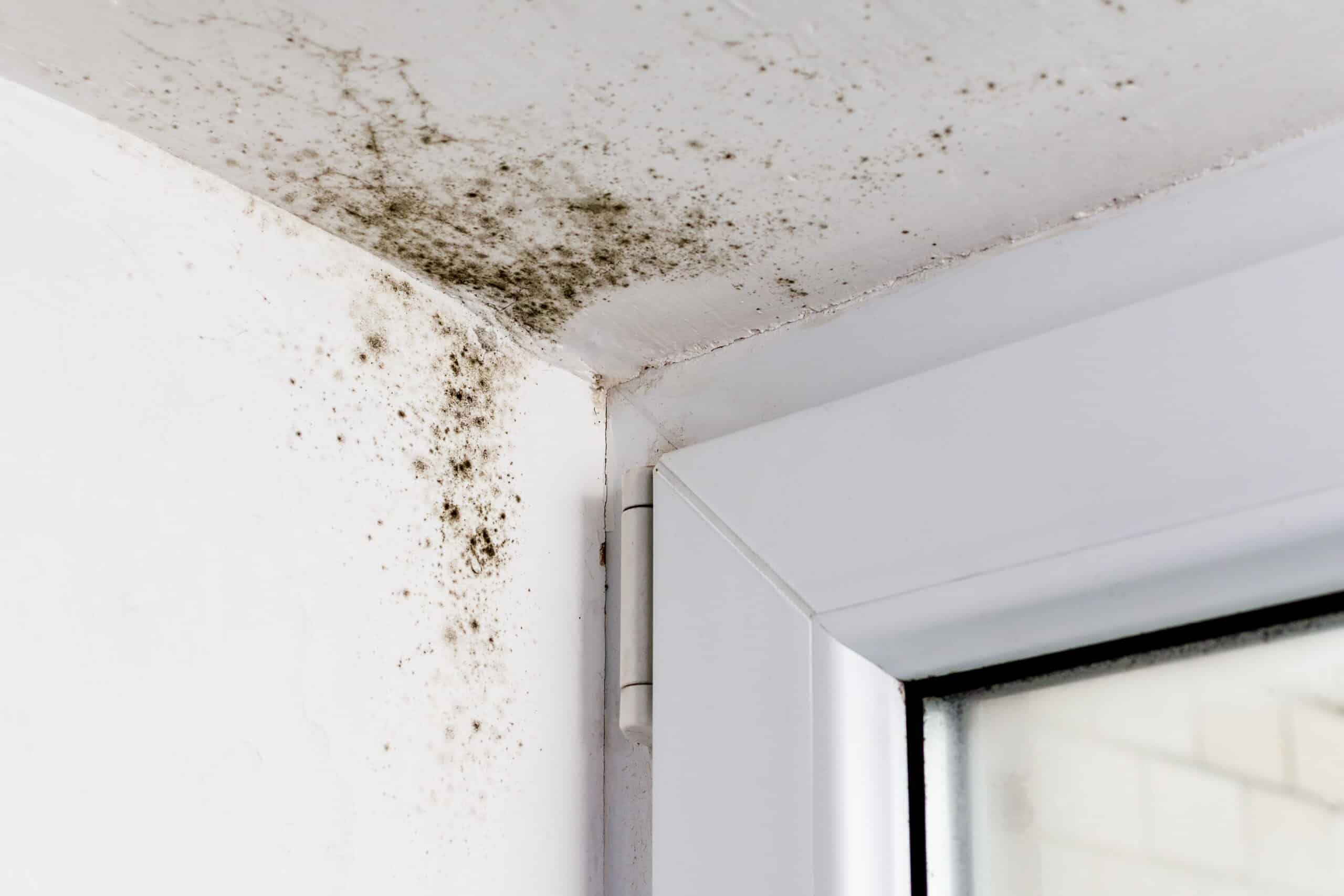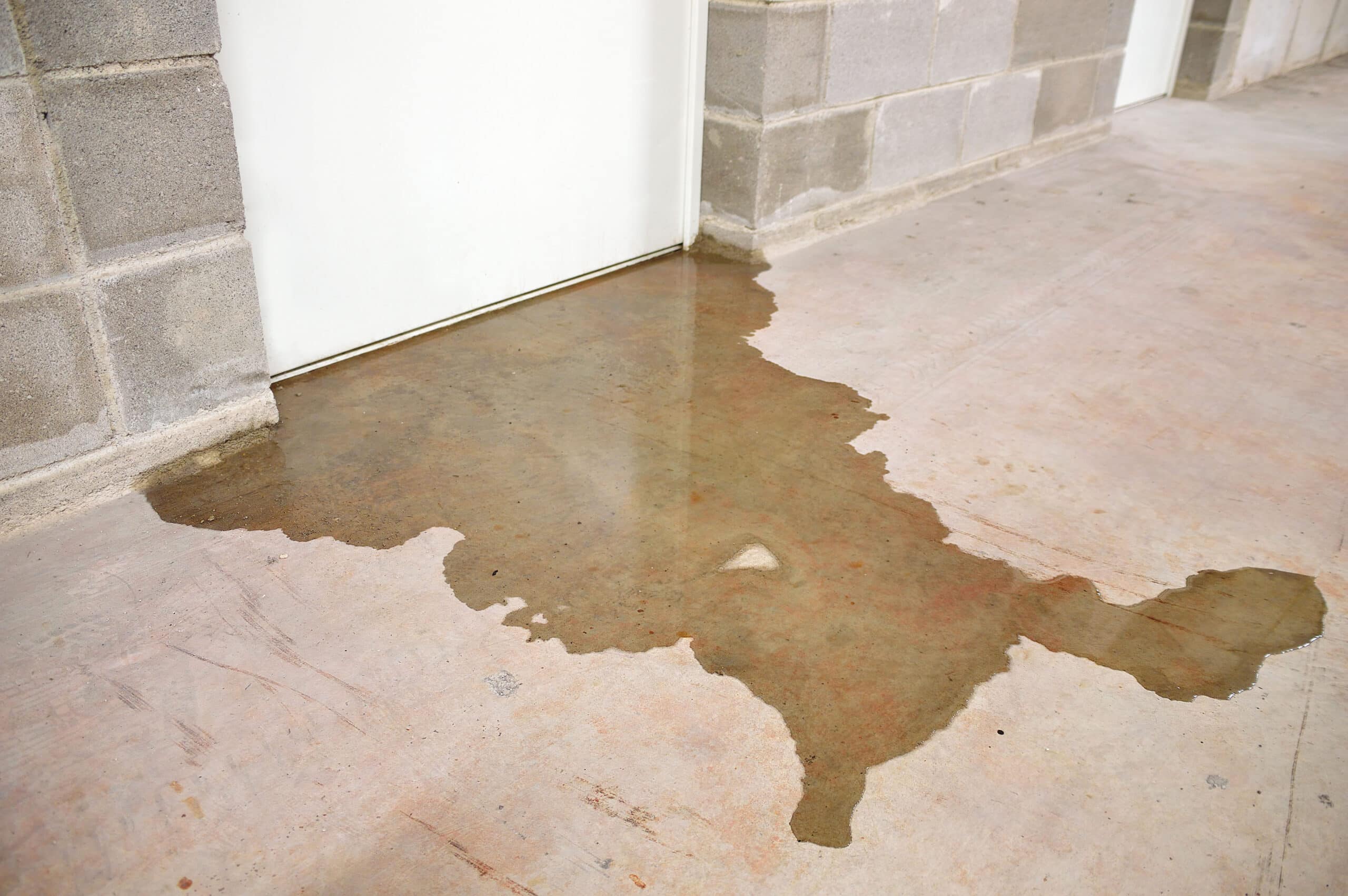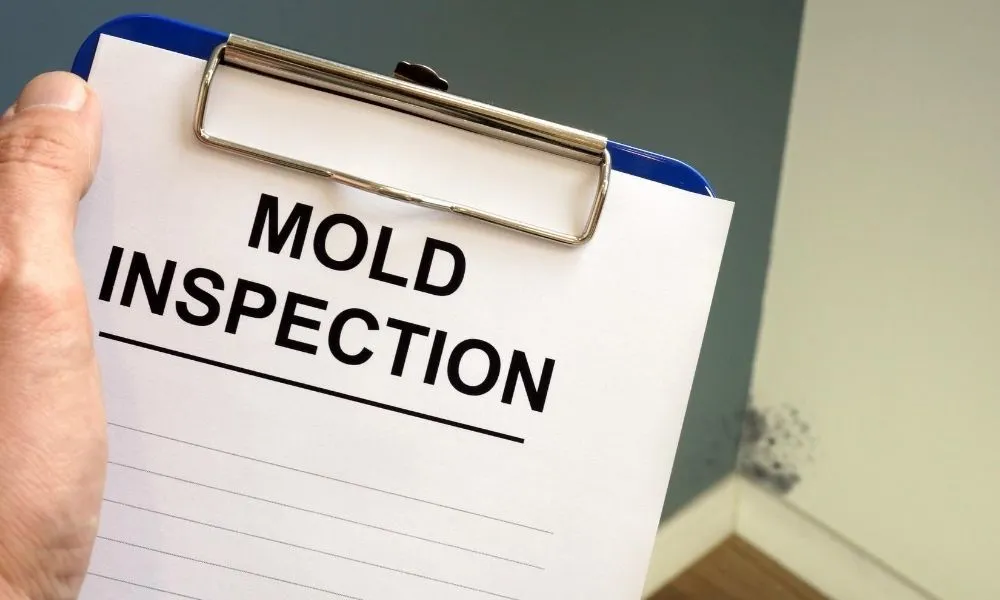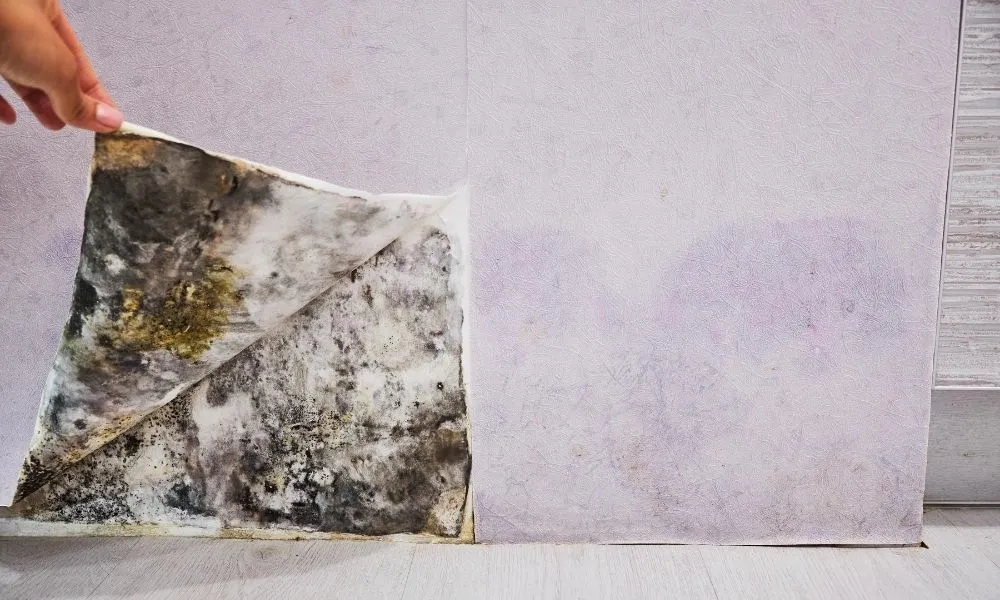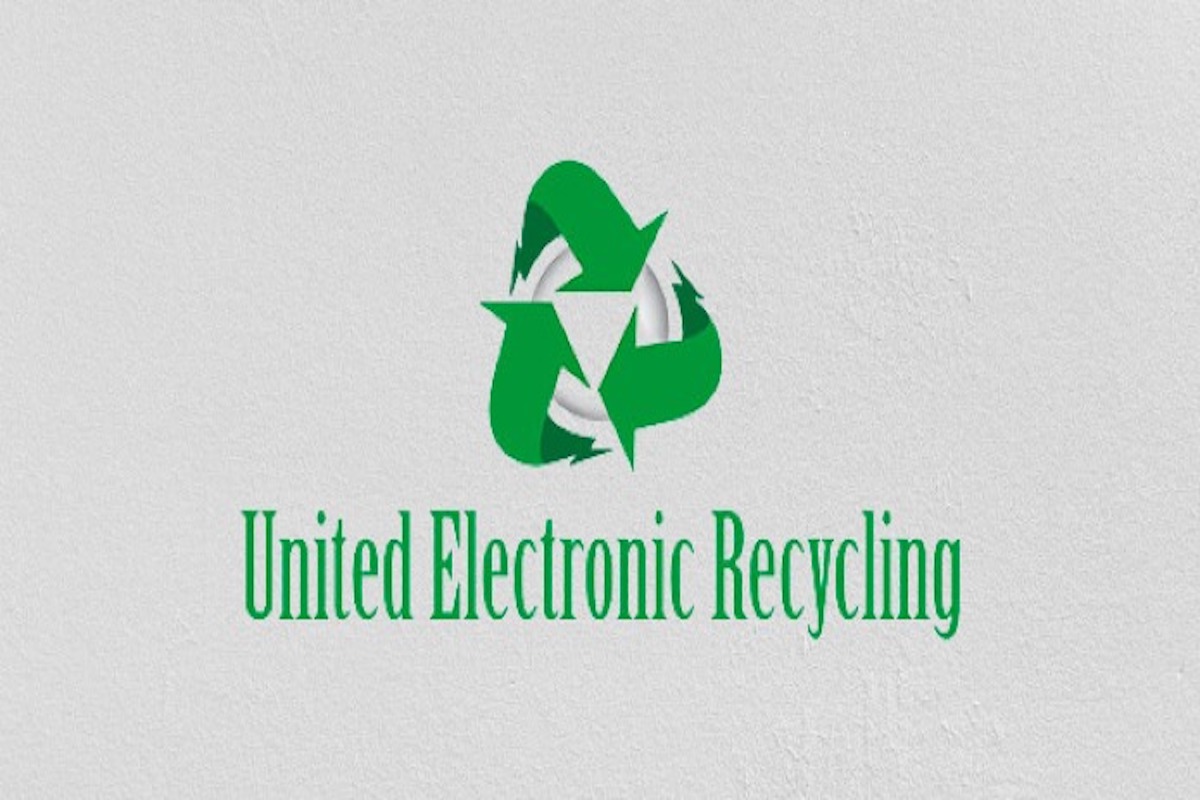
What To Know About Mold in Your Home
Mold can affect the integrity of your home and your health. Here’s what to know about mold in your home so that you can safely and effectively control it.
Finding mold in your house, whether it’s in the bathroom, in the basement, or on your kitchen drain, is never pleasant. Mold isn’t just unsightly—when it’s left untreated, it can comprise the structural integrity of your home and negatively affect your and your family members’ health. Knowing what mold is, how to identify it, and the best methods of removal can help you catch and fix a mold problem before it gets out of hand. Here’s what to know about mold in your home so that you can safely and effectively handle an infestation.
What Is Mold? Why Is It Growing in My Home?
Mold is a type of fungus. It comes in a wide variety of shapes, sizes, colors, and types, including Aspergillus, Cladosporium, and Stachybotrys chartarum (better known as black mold). Mold is a part of the natural environment. When it’s outside, it plays an important role in breaking down dead organic matter, but indoors, it can be hazardous to your home and health.
Mold reproduces through tiny spores, which are invisible to the naked eye and which float freely through the air. Mold can start growing indoors when the spores land on wet or moist surfaces, which provide a suitable environment for them to grow. You’re most likely to find mold in sinks, bathtubs, and showers; near leaky pipes; around windows; and in basements, crawl spaces, and attics.
Is Mold Dangerous?
Mold has the potential to cause health problems, some serious. It produces allergens, irritants, and, in some cases, potentially toxic substances. If you’re sensitive to mold, inhaling or touching it can cause an allergic reaction. Allergic reactions to mold are common, but so are other types of reactions. Mold is known for triggering asthma attacks, and it can irritate the eyes, skin, nose, throat, and lungs of both mold-allergic and non-mold–allergic people. Other people who may be more sensitive to mold include:
- Infants and children
- The elderly
- People with weakened immune systems
- People with chronic lung disease
Mold affects everyone differently. It has the potential to cause serious side effects even in people who aren’t allergic or sensitive. Common symptoms of mold exposure include:
- Runny nose and congestion
- Eye irritation
- Sneezing
- Coughing
- Sore throat
- Skin rash
- Headache
- Lung irritation
- Wheezing
Mold isn’t always dangerous. A lower level of mold in the home might not constitute a hazard, but higher levels could lead to respiratory issues and other health problems.
How Do I Get Rid of It?
Another important thing to know about mold in your home is how to get rid of it. It’s impossible to completely remove mold and mold spores, but reducing the amount of moisture in your home can prevent or eliminate further mold growth. Depending on the extent of your mold infestation, controlling the growth of mold on your own might be difficult or impossible. A company that specializes in professional mold remediation can help you bring the amount of mold in your home down to an acceptable level.
At Connecticut Mold, we’re dedicated to making your home or business mold- and-allergen free. We use the highest-quality cleaning products and restoration equipment to remediate and control the growth of mold. If you want to book our commercial or home sanitation services, give us call!
